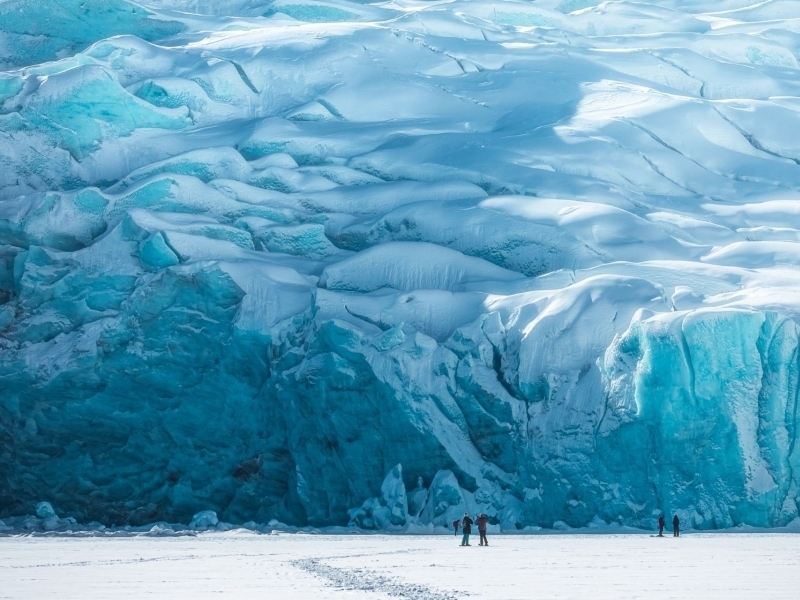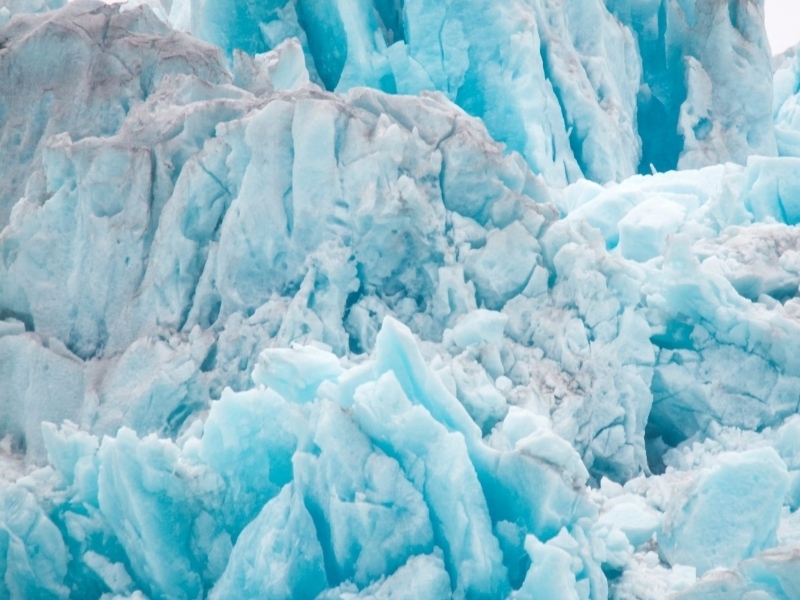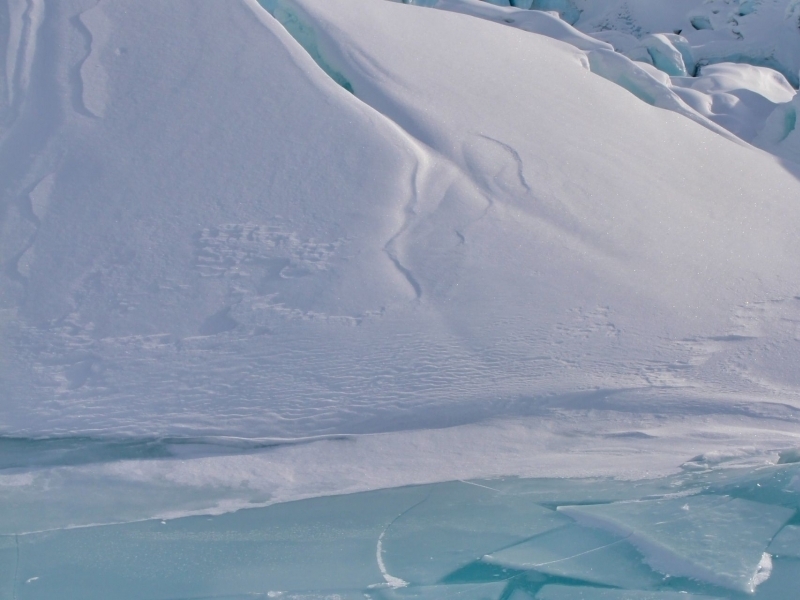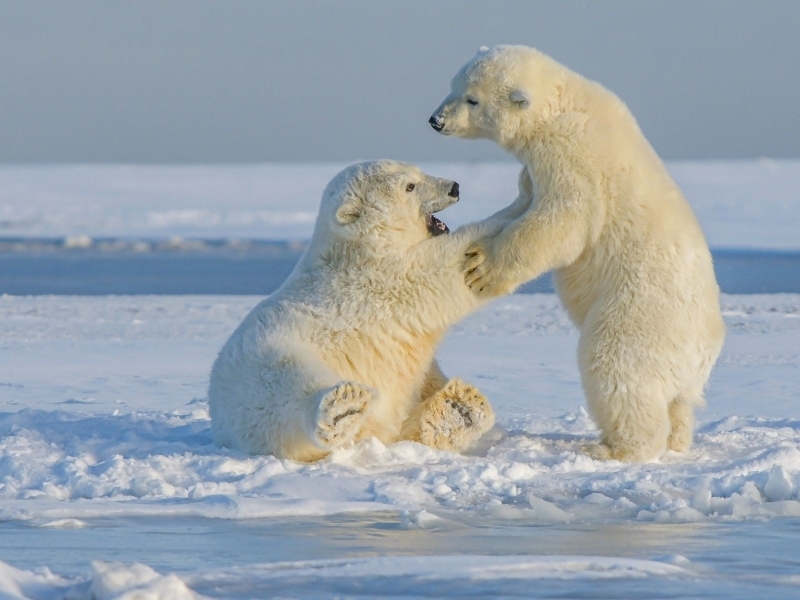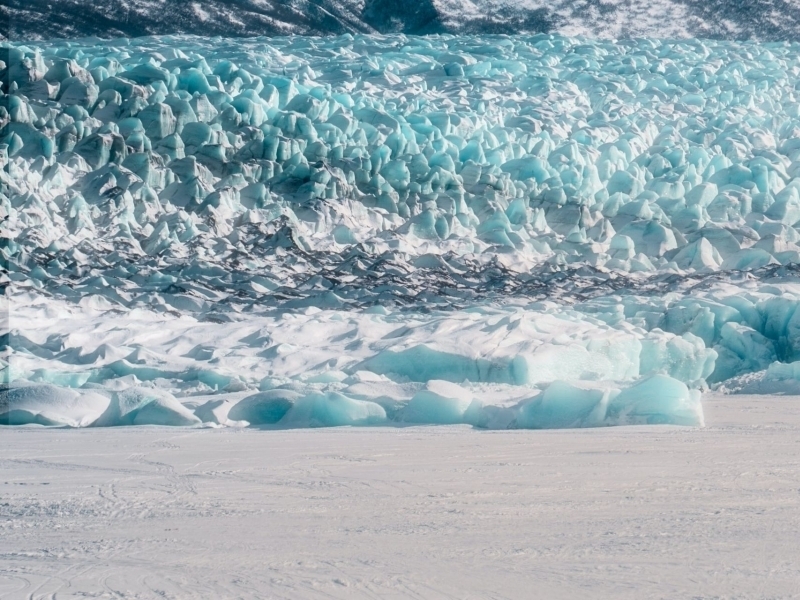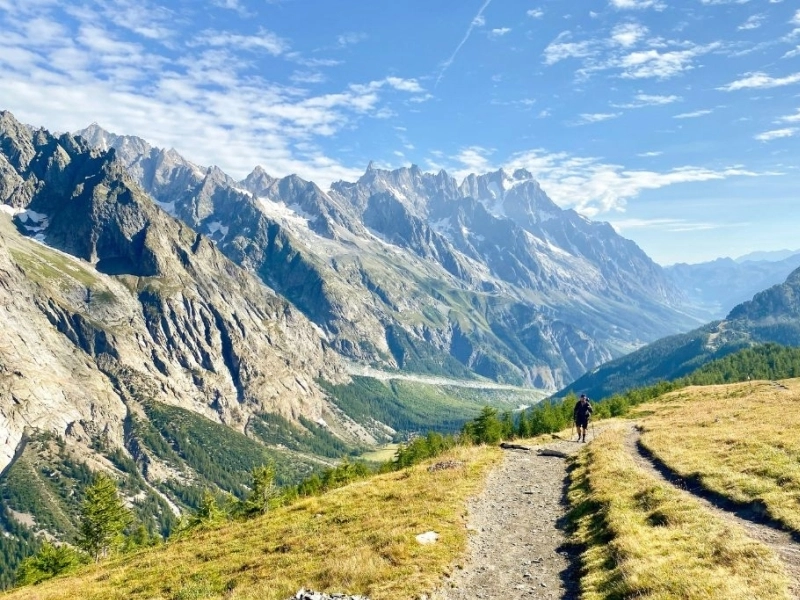News and Testimonials
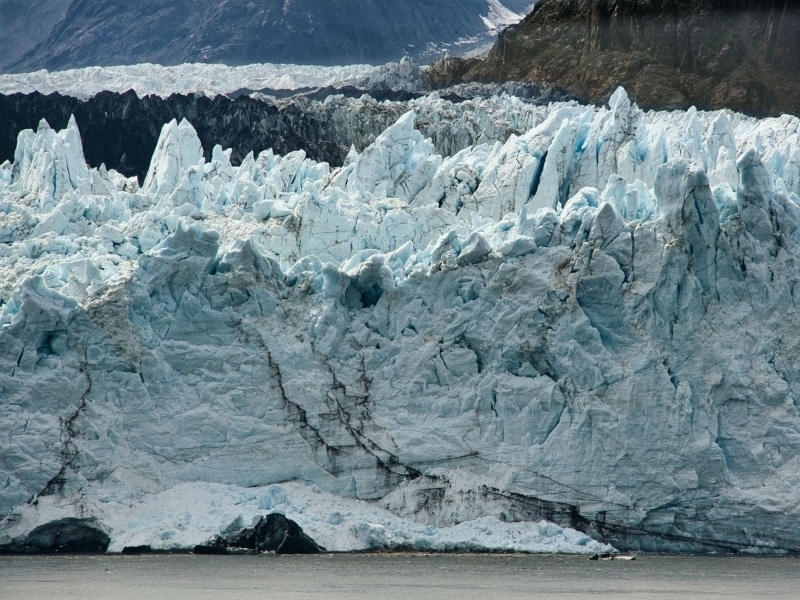
More than a quarter of this national park is covered by glaciers
Alaska’s Glacier Bay National Park and Preserve mesmerizes with frozen landscapes, whales, and history.
Covering 3.3 million acres of rugged mountains, dynamic glaciers, temperate rainforest, wild coastlines and deep sheltered fjords, Glacier Bay National Park is a highlight of Alaska's Inside Passage and part of a 25-million acre World Heritage Site—one of the world’s largest international protected areas. From sea to summit, Glacier Bay offers limitless opportunities for adventure and inspiration.
What's So Special About Glacier Bay?
Wild, Resilient, and Sacred
From the bottom of the deepest glacial fjord to the summit of its highest peak, Glacier Bay encompasses some of our continent's most amazing scenery and wildness. It is a land reborn, a world returning to life, a living lesson in resilience. If ever we needed a place to intrigue and inspire us, this is it. Glacier Bay is a homeland, a living laboratory, a national park, a designated wilderness, a biosphere reserve, and a world heritage site. It's a marine park, where great adventure awaits by boating into inlets, coves and hideaway harbors. It's also a land park, with its snow-capped mountains, spectacular glaciers, and emerald–green forests. From the summit to sea, Glacier Bay's wildness is remote, dynamic and intact.
Voices of Glacier Bay Soundscape Project
Among all of Alaska's national parks and other public lands, Glacier Bay may offer the greatest richness and variety of natural, wild voices. On a given day, park visitors might hear an astounding assortment of sounds: glacial ice exploding into a tidal inlet, wolves howling along a wave-washed shore, loon cries echoing between forested islands, humpback whales calling, hermit thrushes singing among high boughs, brown bears thrashing after salmon, raindrops making polyrhythms on a muskeg pond, shore crabs scuffling among tidal boulders, harbor seals growling on ice rafts, and moose grunting in wet meadows.
There are also human sounds associated with wild places. Some may be contentious-a passing skiff or distant rumbling ship, a floatplane overhead, or jet in the clouds. Others are more evocative-the crackle of a campfire, musical whirlpools from a kayak paddle, water droplets ticking on the rainfly. All are part of the backcountry experience. National Parks have always been synonymous with majestic views and scenery, but in recent years, there has been an upsurge of interest in the auditory aspects of wild nature, including both the sounds and the silence.
National parks are the most important repositories in which these voices can be preserved for generations beyond our own. Glacier Bay may be the premier location for Alaska's heritage of wild sounds. In order to fully understand and protect this heritage, we must start by recording how these places sound today. The recordings from this project will provide a contemporary record particular species (e.g., golden crowned sparrow or hoary marmot) and phenomena (e.g., glacial calving) that will later become a historic record for future park visitors and managers. This natural history collection of sounds will be one of the first efforts to document Glacier Bay sound environments.
Science & Research
The 1916 Organic Act, which created the National Park Service, requires parks "to conserve the scenery and the natural and historic objects and the wild life therein." A comprehensive program of scientific research and monitoring is thus required to ensure that Glacier Bay 's natural and cultural resources are adequately protected. Some of these studies are focused on specific resource concerns, such as the effects of vessels on marine life or the impacts of shoreline camping on nesting birds. Other studies are broader in nature and intended to better understand the complex marine and terrestrial ecosystems of this large wilderness park. Such understanding is necessary in order to separate natural change from changes which are caused by human activities.
While some research projects at Glacier Bay are conducted by park staff, many are performed by scientists from other agencies or institutions under working agreements with the National Park Service. The importance of science-based management is widely recognized throughout the national park system and is incorporated into Glacier Bay National Park 's mission statement.
Besides management-directed science, a variety of other studies are also conducted by researchers from various federal and state agencies and universities, as well as by some independent researchers. NPS policies state that in addition to using science as a means to improve park management, parks can and should be centers for broad scientific research and inquiry. Science in the park thus encompasses an array of disciplines in a variety of natural, cultural and social science investigations. All research, however, results in a better understanding of the park's natural and cultural environment and will ultimately benefit the National Park Service's ability to preserve and protect our national heritage.


